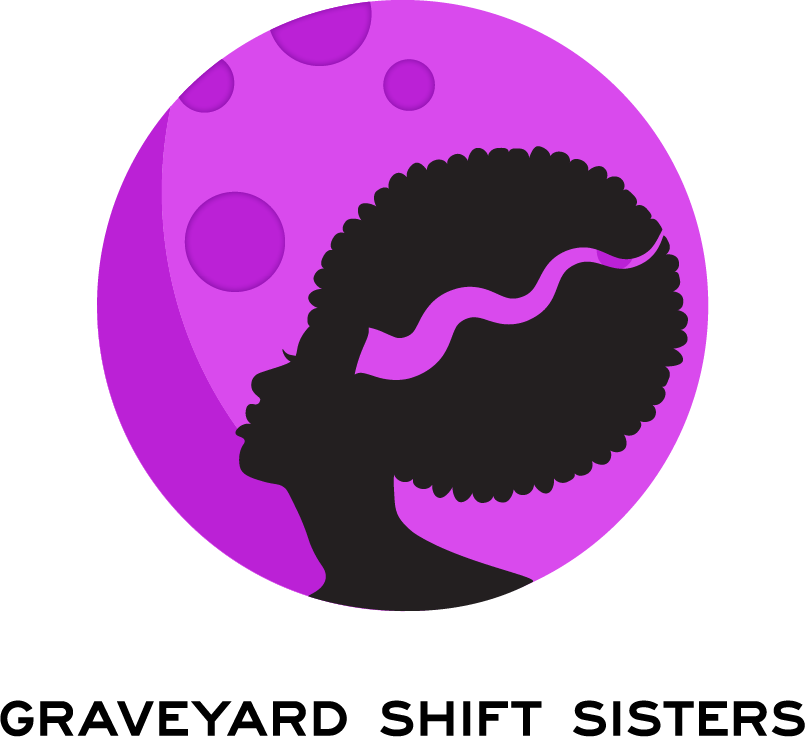Exposing Your Fears With Filmmaker Tristian Montgomery
Among the first things you notice about Brown Wreck-Loose is its soundtrack. The echoing tones of Childish Gambino’s “No Exit” ring out against the deep hues of writer/director Tristian Montgomery’s camera and the nuanced pacing of her film’s editing. Music is crucial to her visualization of ideas; among her career goals is to create music videos. Telling stories through image and sound, together and separately, is at the heart of her artistic style. Brown Wreck-Loose is dialogue-free and rich in color contrast. As a viewer, you must piece together the story, and the experience is at once haunting and exhilarating.
Brown Wreck-Loose is Montgomery’s first short out of school, and she describes the experience of its making as “serene” in contrast to her experiences in film shoots for class. “Brown Wreck-Loose truly showed me what it was like to be on set with people moving toward the same goal,” Montgomery says. “Everyone saw the vision that I wanted and trusted me to guide them there.”
Montgomery credits “No Exit” as the primary influence for the visuals; the song features heavily in the short, and she is attracted to Childish Gambino’s “ability to make music that is a story within itself and that can transcend different mediums.” His pronunciation of the word “recluse” as “wreck-loose” in “No Exit” provided a basis for Montgomery’s title. As she says, “the female lead is African-American, so these pieces came together.” Her objective in the film was to explore a female predator, a theme that Montgomery finds difficult for many people to conceptualize or accept. She says, “I’ve had conversations where people [say] that there aren’t many female serial killers or that females don’t have the capacity to kill and get away with it. I believe that there are many female serial killers out there, but they were smart enough to not get caught.” The spider in Montgomery’s film is frequently placed in visual proximity to the lead female character, emphasizing the association between them.
The smooth collaboration between Montgomery and her crew shows in the polished sleekness of Brown Wreck-Loose. Her student films, available through her Vimeo and Youtube sites, reveal her talent for unraveling intense, centralized scenes between characters and the personal or professional difficulties they face – occasionally with some supernatural backdrop. In Brown Wreck-Loose, Montgomery delves into experimental terrain, though this is far from her first foray into non-linear narrative filmmaking: “In film school I started to make more dramatic work and I felt like it wasn’t me.
When I wasn’t making a film for class they were always experimental or some kind of dark sci-fi thing.” She lists Guillermo del Toro, Daft Punk, Edgar Wright, and Childish Gambino among her primary influences and fan picks, while crediting Twilight and other supernatural fiction as her indoctrination into horror and related genres. With Brown Wreck-Loose, it is clear that Montgomery is solidifying her voice as an independent filmmaker: her influences, along with the heavy basis she finds in music for her cinematic visuals, are evocative of her foundational interest in the ineffable, dark stuff we cannot see and will never fully comprehend.
Thus for Montgomery, the most important element for a horror film to explore is “the things that we don’t see.” She sees fear of the unknown – and fear in general – as an area for all viewers to find common ground. “Horror is such an important genre to me as a fan because I can always count on it to make me feel something. [It] brings people together by exploiting the things that freak them out. With horror I can embrace the shadows and manipulate what people see.” Finding common ground is what Montgomery admires in a film like Get Out. While it centers on a subject familiar to African-Americans, it “helped tell a story that other races would identify with. [Get Out] gave people a dose of the psychological horror that Black people experience on a daily basis, in a dramatized way.”
When asked about the visibility of Black women in horror film production, Montgomery credits social media and shifting industry priorities to the heightened attention that women of color in horror are beginning to receive. She says, “I think funding initiatives geared toward helping women get films produced and raise awareness that female directors of color exist is helping to increase visibility.” But, Montgomery reminds us, “there could be more.”
And there will be, from her. Montgomery’s current project is a sci-fi short in the same vein as Brown Wreck-Loose, while she has several ideas cooking for future projects. After her next short, Montgomery says, “I’m really considering making something that has to do with werewolves.”
Image used with artist permission.

